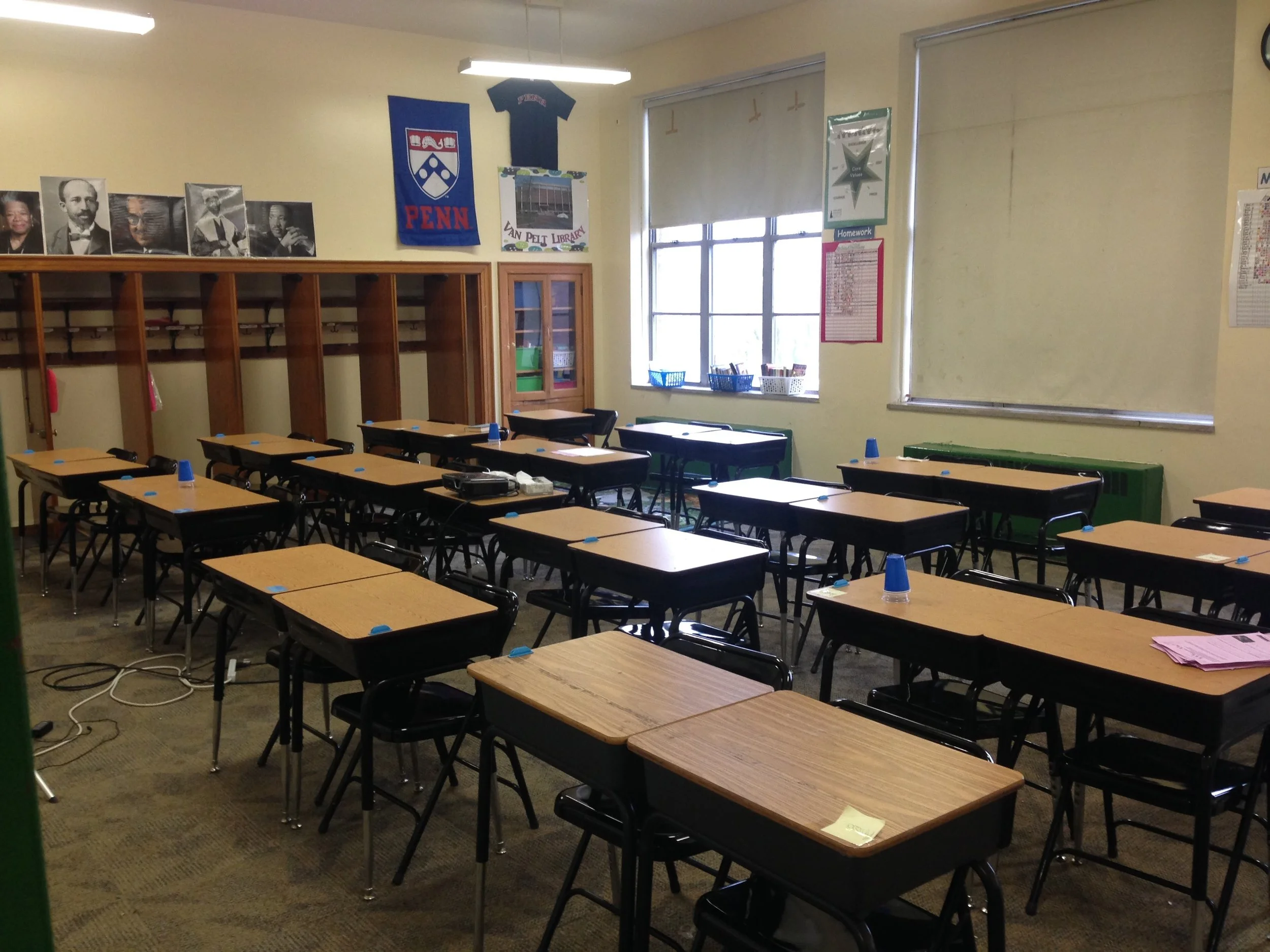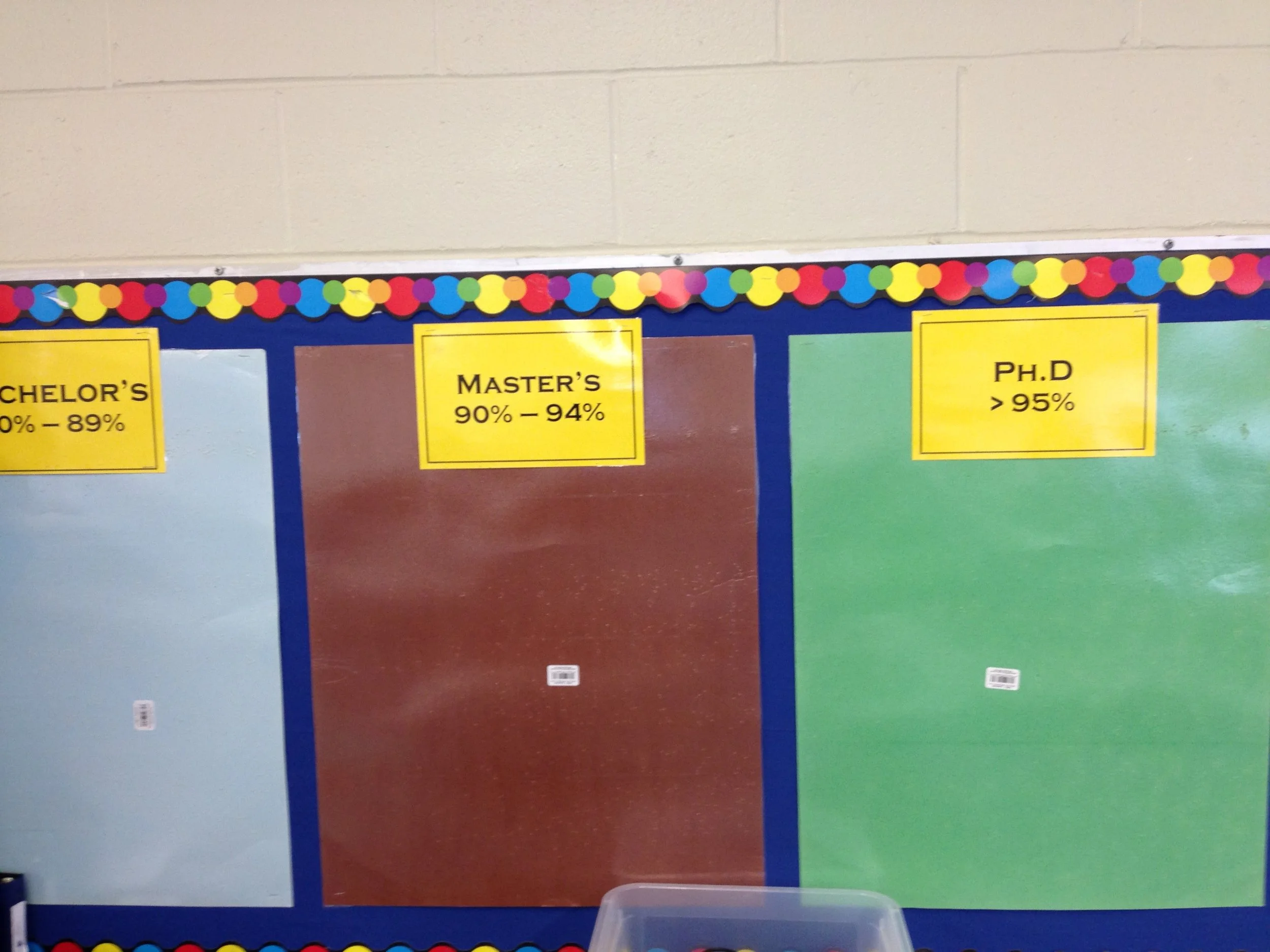Reimagining Education: Designing Schools Where Failure Leads
What if failure wasn’t an end, but the beginning?
Published: May 25, 2025By Armstead Dickerson (ADSS)
It was sometime in the middle of my teaching career when I began to consider what I thought education should actually look like. Through my own experience in the classroom, as a student and teacher, I recognized the ways in which we stifled student growth with fear of mistakes, rather than empowered students through those opportunities for learning. In the privacy of my own mind, I began to imagine freely.
I first thought of museums. They serve as this unique intersection of exploration and learning that I find appealing. Guided learning experiences that also aren’t entirely rigid in structure. I can think of various moments at museums that demonstrated a principle or concept. That spirit of guided exploration helped inspire the first Versescape.
What I’m proposing is a shift in the purpose of education. A shift from focusing on success and achievement, to an education system centered on failure.
It’s May of 2025, and my vision is clearer than it’s ever been. I’m days away from releasing my second Social Architecture Analysis (SAA) framework, called IICE, which identifies the common behaviors of individuals and systems to limit and control the expressions of marginalized groups. Together with STOP, IICE will form the foundation for any ADSS team or space I build. When environments are aware of how these behaviors limit expression, they become better set up to truly hear and value all voices.
With cultural design already embedded in my work, with ELA (Experiential Language Architecture), a liberated form of expression, at the forefront, I’ve begun to imagine what an entire education system could look like, rooted in liberatory thinking. It’s a vision that challenges the status quo of the current educational landscape, but considering its state, it’s a vision that I believe is necessary.
It all starts with a mindset shift; a complete 180° from what we currently assume the purpose of education to be.
Since the 1990s, America’s education system has focused on achievement. In my one year of graduate school for education policy, I learned how the global space race of the 1960s sparked an interest in training the next generation of engineers and mathematicians. That urgency led to standardized testing and the expansion of academic performance metrics. From the 1990’s through the 2010’s, initiatives such as No Child Left Behind and the Common Core were attempts to remediate the system, focusing on raising assessment scores in math and reading, with the latter evolving how students are taught to reach those standards.
Yet, with a quick google search you’re bound to find articles in 2025 that show how America’s education system still has the same persistent gaps that existed 30 years ago.
Focusing on achievement and success, as a country we have begun to test students more. Students who can afford support score higher on major exams like the SAT which can have long-lasting impacts on a student’s life trajectory and the college they are able to attend.
Students who may not have the scores but come from backgrounds of privilege can still pay their way into access and opportunity. While those that don’t have access to those resources may still be drawn to the benefits of a college education, while spending multiple decades paying off the cost. The story I’m laying out is almost boring, it’s so predictable. But only if you ignore the fact that real people are living out these patterns we take for granted.
For years researchers, educators, think tanks, all say something must change. We must adapt. To the 21st century. To AI. Yet, nothing truly seems to change.
The student’s goal is not to succeed-- it’s to create a process showing how they failed.
What I’m proposing is a shift in the purpose of education. A shift from focusing on success and achievement, to an education system centered on failure.
Failure is a loaded term, so I’d like to define it. One can work very hard at a goal, maybe preparing for a test, and still not score as high as they’d like. Most of us have had this experience. Oftentimes in this situation, we console the person (or ourselves), or we tell them to suck it up. Either way, all that effort is only seen as valuable if the outcome meets expectations. Cheating then becomes a compelling option. Why feel the weight of disappointment after preparation, when you can get the outcome you want with little prep?
In an ADSS school focused on liberation, failure becomes the goal of the curriculum. The students would be setting goals, just beyond their zone of proximal development, that they and their educational facilitator know they’re likely to fail at. The student’s goal is not to succeed -- it’s to create a process showing how they failed. This process which they would explain after a certain time period on their project, would explain what they attempted and what they did differently. This cycle could repeat multiple times, and each time, the student would reflect on how they changed their approach, and used their reflections from previous experiences to build on their new attempts. Making progress the marker of student success, not accomplishment.
Potential benefits of a failure-centered curriculum:
Resilience -
Ultimately, school should prepare students for life. Life, no matter who you are, requires perseverance. A school focused on failure would teach students that persevering through their challenges is a natural part of the learning process.
Process Over Outcome -
Great work takes time. In an era focused on quick results and consumption,allowing students to engage in processes that take weeks—or even months—creates natural opportunities for students to engage with sustained work, and embracing the small successes and failures that arise. Students will focus on how they get there, rather than stressing on an arbitrary completion. When failure is expected, students can take more risks, and open themselves to new, unexpected discoveries, deepening their joy of learning.
Empathy -
Students in this model can still have different goals depending on skill level, but watching your peers fail alongside you builds empathy into the education system, and our society. You’re less likely to make fun of someone when you yourself are learning through progressive struggle. This would have a profound impact on students as they age out of the system and into adult life.
The STOP Framework - one of the cultural pillars of ADSS.The exact structure of an education system like this is not yet mapped out. What it looks like to teach ELA, STOP, IICE at different age and skill levels has great potential, but I know revolutionizing education in America won’t be born from potential. But this is a start.
And starting to think differently is where any true change is birthed.
True change in the education system might live when we stop asking students to perform success, and we start asking them to learn how to grow from their failures.
I look forward to exploring this concept more in time.
For now,
The seed is planted.
From love,
Towards togetherness,
In forgiveness,
~ADSS




